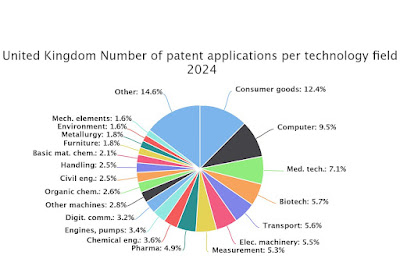.jpeg) |
| Jane Lambert |
Barristers are called upon to advise or provide representation when something has gone terribly wrong. Often, we are called in far too late. When that happens, we say to ourselves, "If only the client had taken professional advice sooner." That is particularly true of intellectual property law where a right of action can be lost because the client did not seek legal protection for his or her invention, brand or product design or he or she stumbles into an infringement claim because he or she did not carry out the necessary patent, trade mark or registered design searches before launching his or her business or product.
There are two reasons for this. The first is that clients do not always know whom to consult. There are many different types of professionals in intellectual property, such as patent and trade mark attorneys (formerly known as "patent" and "trade mark agents"), patent searchers and specialist IP counsel and solicitors that the public rarely encounters. I counted 23 separate professions in How to Get Into IP. The other reason is that they are worried about intellectual property practitioners' fees which can be pricey.
The initial advice and signposting service that I have offered for many years in London, the North of England and Wales meets both concerns. In many instances, I can give you the answer to your question immediately for nothing. In others, I may have to refer you to another professional, such as a patent or trade mark attorney, a specialist IP tax consultant or a product design consultant who will also give you at least 30 minutes of his or her time free.
It is important to note that not everything is free. We will analyse your needs and explain your options pro bono, but if you ask any of us to advise or act for you further, we will charge for our service, albeit at a competitive rate.
It gives me great satisfaction to report that the Barnsley Business Village, which hosts some great innovative businesses, is promoting my initial advice and signposting service to its tenants. It is important to stress that anyone can register for the service by completing this form. This scheme is not restricted to Business Village tenants or even to residents of Yorkshire.
The Initial Advice and Signposting service is only one of several offered by NIPC Inventors' Club. We also hold events, give online talks. The next event will be a conference at the Business Village in February on writing an IP strategy and integrating it into a company's business plan. Finally, we publish the NIPC Inventors Club blog.
If you want to learn more about our service, call me on 020 7404 6262 or send me a message through this form.

.jpg)



.jpg)